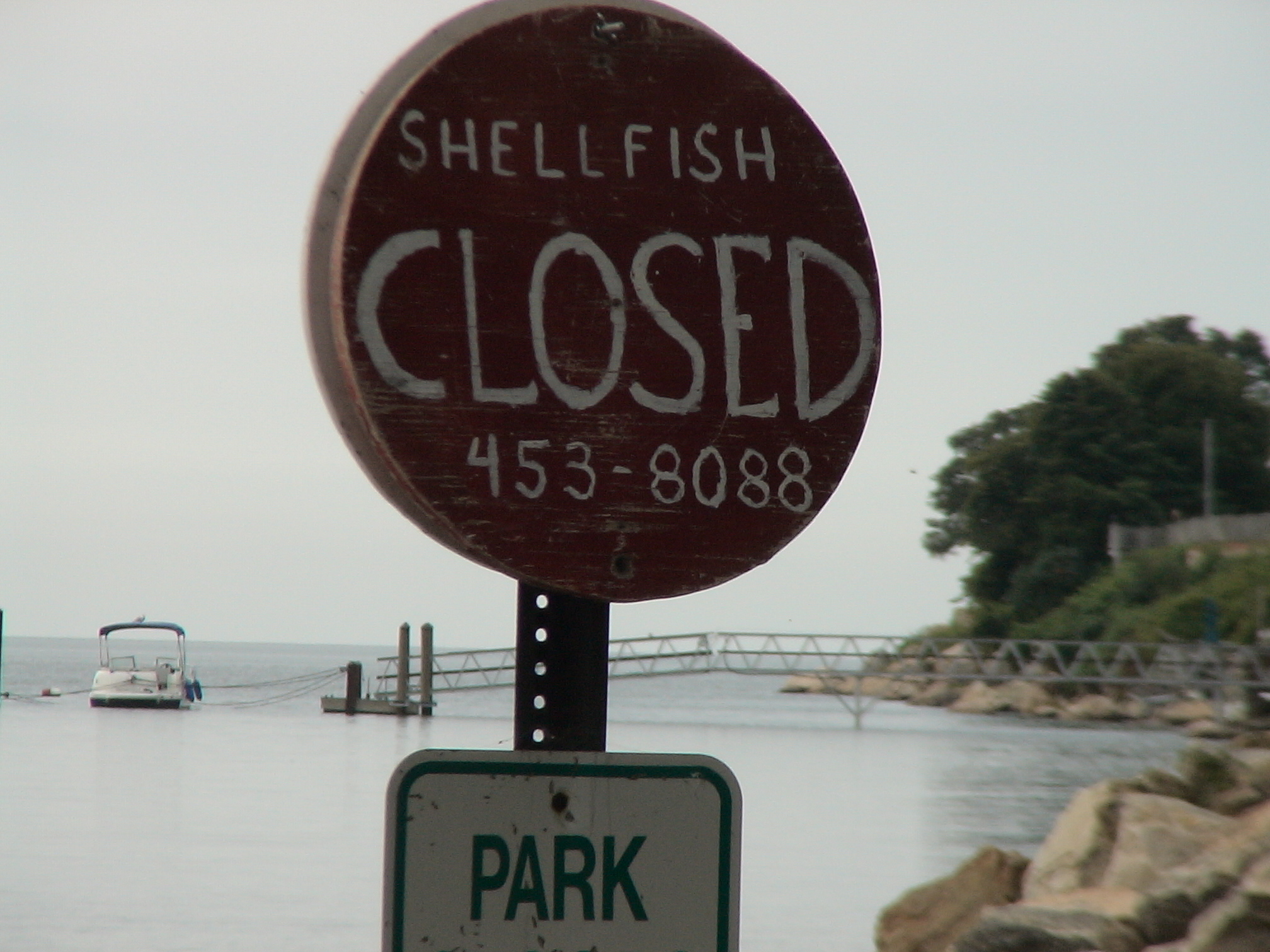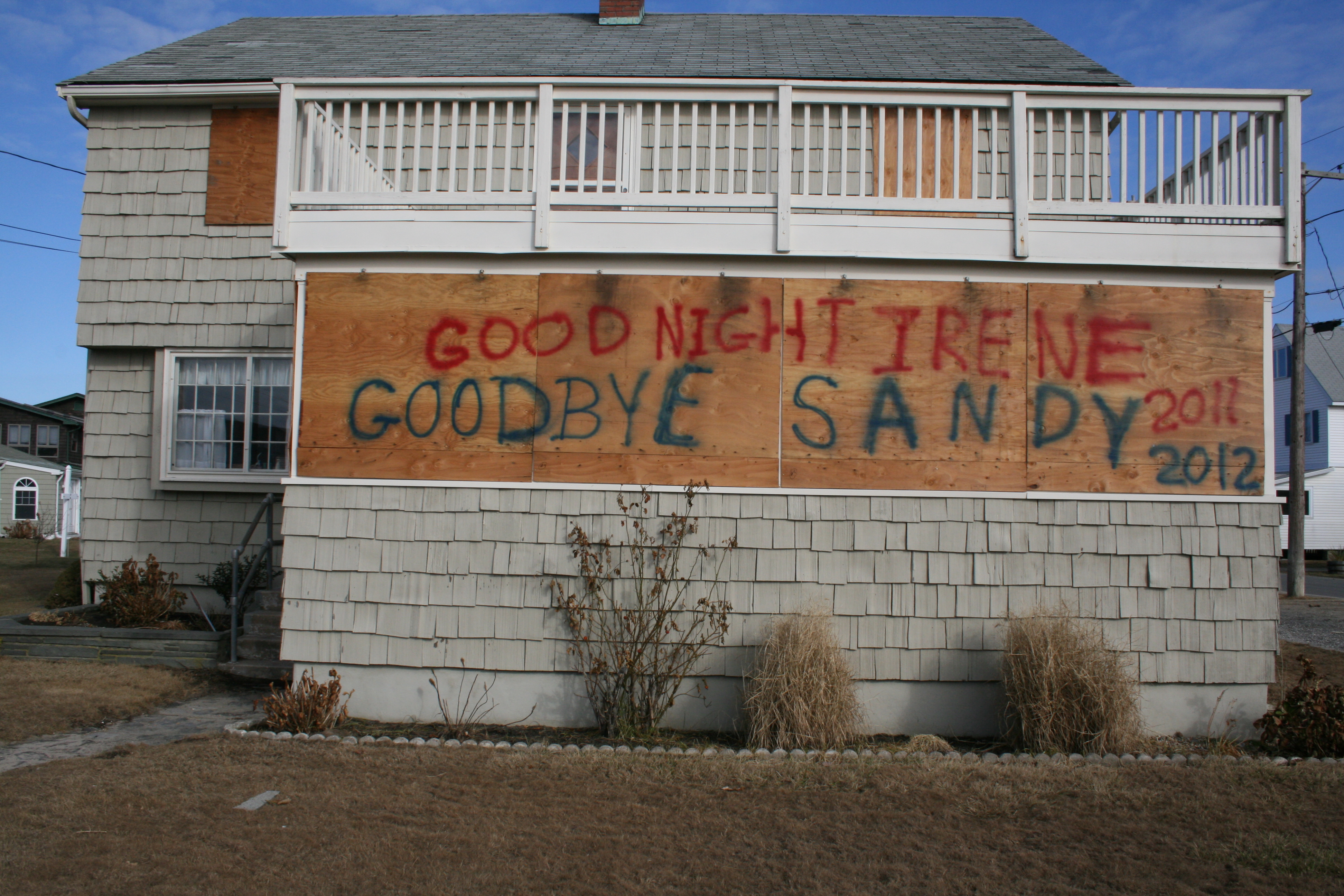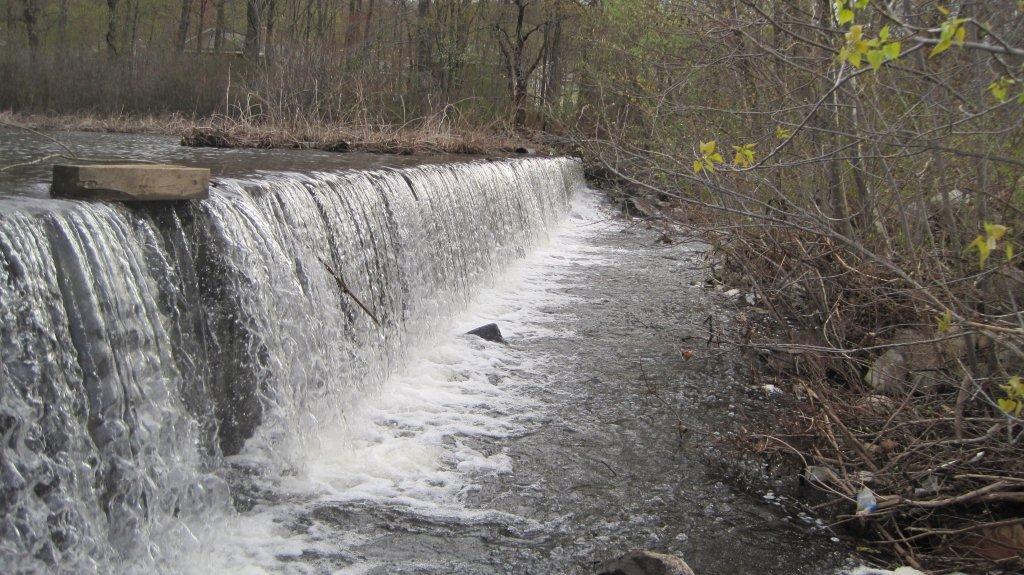Clean water, climate change, shellfish, dam safety
CLEAN WATER
Every year over 2 billion gallons of raw sewage are dumped into Long Island Sound and its tributaries, closing beaches and shellfish beds.
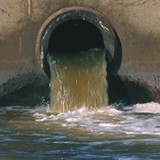
And every year, hundreds of acres of Long Island Sound are plagued by a low oxygen dead zone, threatening the health of wildlife. Add to that bacteria and nutrient pollution the toxic stew of stormwater runoff that moves greases, oils and chemicals from our roads, parking lots and industry to our local waterways, and the challenge of restoring Long Island Sound becomes clear.
However, there are things we can do to reduce the amount of raw sewage and stormwater runoff that is discharged into the Sound, including implementing stormwater authorities, investing in our clean water infrastructure, and providing incentives to clean up marinas. The following bills, if passed, would greatly contribute to cleaning up Long Island Sound:
- H.B. 5140: AA Establishing a Program for the Collection of Unwanted Pharmaceuticals
- H.B. 5477: AA Providing Stormwater Authorities with Certain Corporate Powers
- H.B. 5801: AA Authorizing the Bridgeport Water Pollution Control Authority to Levy Fees on Storm Water Materials
- H.B. 5819: AA Authorizing Water Pollution Control Authorities to Issue Bonds for the Purpose of Stormwater Management
- H.B. 5824: AAC Navigation, Coastal Access, and Clean Marinas
- S.B. 352: AAC Municipal Sewerage Systems
- S.B. 705: AA Expanding the Powers of Municipal Stormwater Authorities
- S.B. 842: AA Authorizing and Adjusting Bonds of the State for capital Improvements, Transportation and Other Purposes (this bill includes the Clean Water Fund)
CLIMATE CHANGE & ADAPTATION
If the four major storms in the past 18 months are any indication, we need to be working to better prepare ourselves for climate change. Whether people are convinced by the scientific evidence for climate change or not, we are living with a changing landscape that requires adaptation to minimize — to the degree we can — future loss of life, property and environmental quality.
With that dose of reality comes an obligation to future generations to mitigate and minimize the consequences of climate change for the decades and centuries to come. There are several bills of interest that address adaptation and climate change that have already appeared this legislative session. While most do not have specific language just yet, we will be monitoring these closely as the session progresses:
- S.B. 410: AA Studying the Jurisdictional Lines of DEEP in Approving Seawall Construction
- S.B. 459: AAC Local Control of Shoreline Preservation
- S.B. 460: AAC Local Applications for Seawall and Coastal Protection Measures
- S.B. 461: AA Establishing a Task Force to Study Municipal Coastal Management in Times of Emergency
- S.B. 462: AA Establishing a Task Force to Study Seawalls
- S.B. 557: AA Establishing a Low Interest Loan Program for Shoreline Homeowners to Enable the Raising of Such Homes
- S.B. 549: AA Establishing a Task Force to Study Shoreline Preservation
SHELLFISH
A living Long Island Sound is a healthy Sound. Oysters, clams, and lobsters have long been synonymous with the Sound’s economic viability. There are measures we can take to protect and build our vital resources.
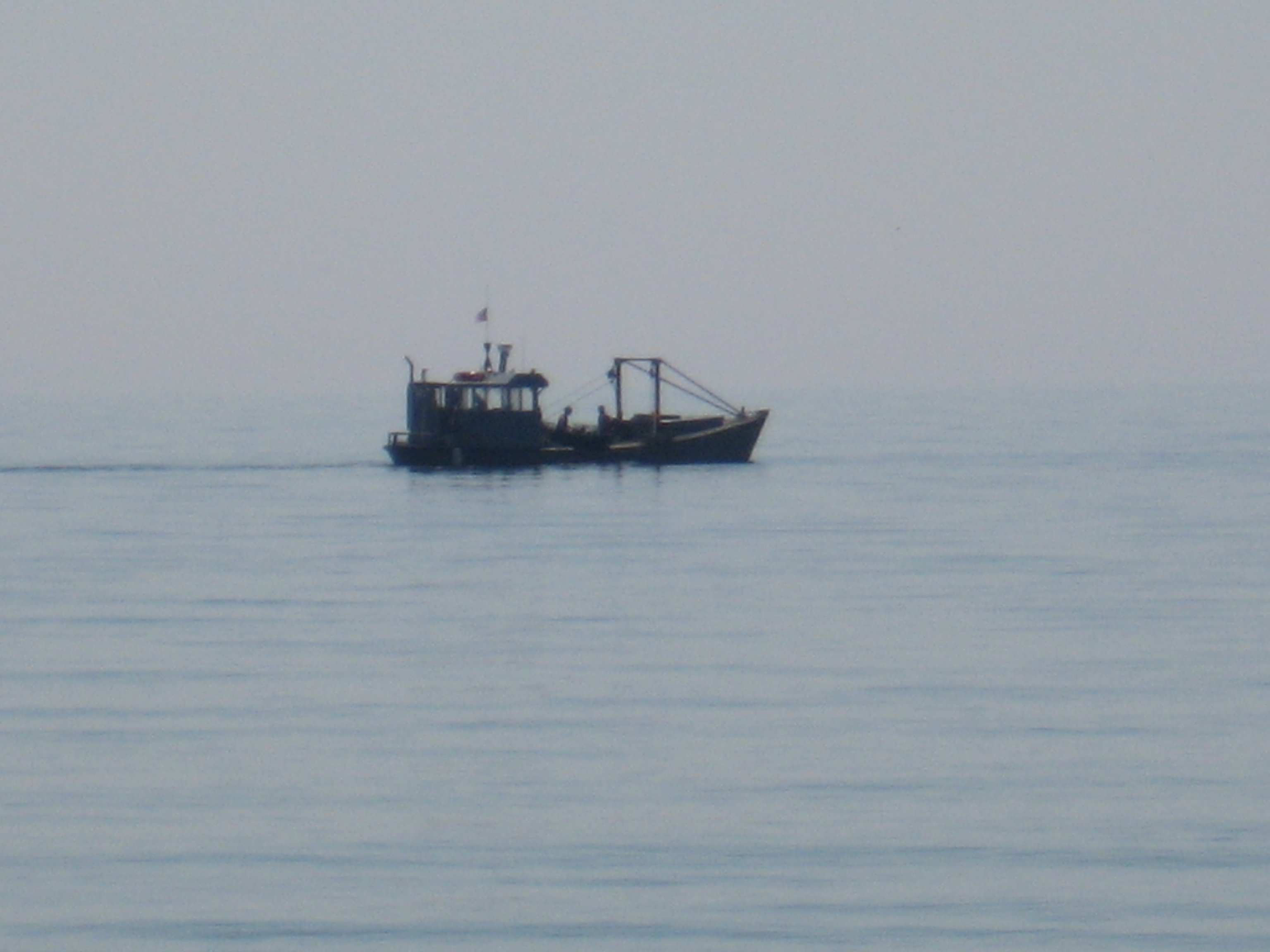
Abundant oysters and clams act as highly efficient natural filters, removing pollutants and excess nutrients and clarifying the water. Beds of seaweed filter, too, and provide shelter for aquatic creatures. And an active aquaculture industry creates jobs in shoreline communities — for new entrepreneurs and for small business owners carrying on the family trade. Three pieces of legislation before the Environment Committee would boost Connecticut’s aquaculture industry, including:
- H.B. 6318: AAC the Cultivation of Seaweed
- S.B. 803: AAC Aquaculture Job Growth
- S.B. 805: AAC the Taking of Eastern Oysters
Another bill would limit the use of certain pesticides discovered in Long Island Sound lobsters:
OTHER BILLS
Connecticut’s landscape is dotted with about 5,500 dams, mostly on private property and some of which block spawning passage for fish, but Connecticut currently has only one full-time dam inspector–not nearly sufficient to ensure that the dams are sound.
This puts downstream residents and property at risk and exposes landowners to liability. Last year, we, along with American Rivers, The Nature Conservancy, and CTDEEP, proposed a bill that would allow landowners to have their dams inspected by a qualified private sector engineer and encourage removal of some of the dams. The dam safety bill has reappeared this legislative session and is up for a public hearing next week:
Stay tuned for the legislative highlights for our energy program!
Posted by Rebecca Kaplan, director of communications for CFE/Save the Sound

